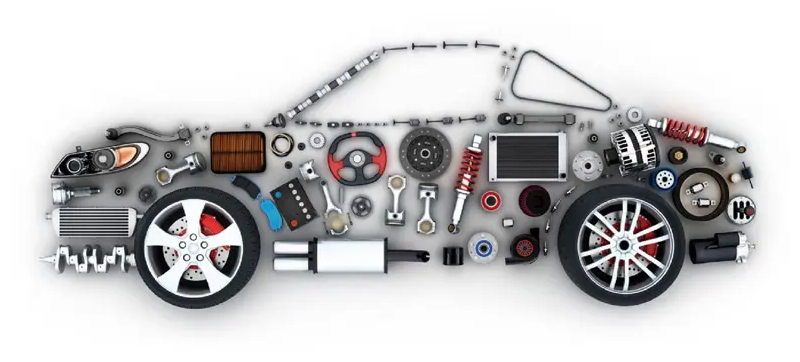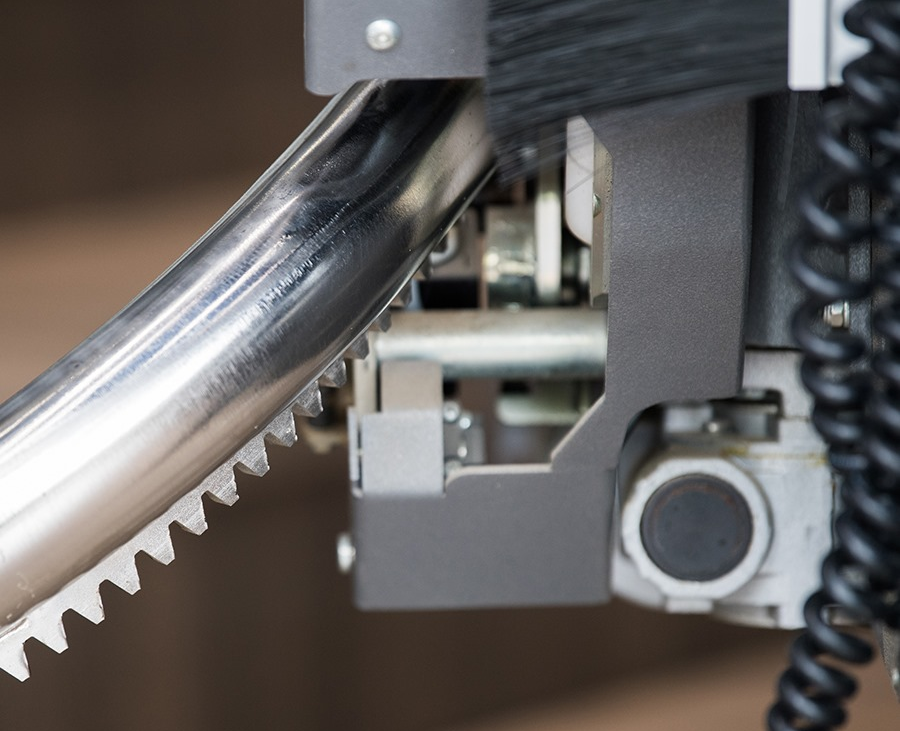EM – A loophole that makes elevator users suffer and is also a weakness that makes it difficult for businesses. “Retirement age” of components and equipments is also needed to be calculated.
Cars, motorbikes, washing machines, air conditioners… and even elevators – we are so used to these electromechanical devices, an indispensable part of modern life.
Any electromechanical product has documentation from the manufacturer and written instructions for using the device according to its intended function. Maintain, repair, replace components periodically to ensure the synchronization of the equipment, to help the machine operate safely, efficiently, and last a long time.
Those documents are important but are still considered “commercial technical documents” – technical documents for sales purposes. What is beneficial to the business, manufacturers prioritize to include. What is not beneficial, they are not compelled to include that information. Most elevator manufacturers do not include information about the life of components and equipment in their installation and use manuals.
Is it possible that their equipment and components can be used until… can no longer operate? Are manufacturers pushing the responsibility for the safety and longevity of the elevator to the user? Will objects endure depending on the owner or not?
Let’s take a look at another industry
Cars and elevators have many similarities: they are the same equipment for transporting goods and passengers according to a predetermined route (cars still must follow the route), and both are related to health, property, and the user’s life. It is possible that the elevators cannot collide with each other (no traffic collisions), but the safety requirement in the vertical direction, at the top will not be lower than the safety requirement in the horizontal, at the ground.
Being a device with high requirements for safety, it is necessary to remove all unsafe elements from the machine. However, using “outdated” components and equipment is one of the important issues.
Vietnamese automobile industry, although having the same starting point as the elevator industry of about… ¼ century, they have been “running ahead” for many years. What they benefit from is an industry with great social influence, so governments around the world are interested in this industry. Therefore, the legal documents for the industry are relatively complete, in line with international practices from production and assembly to regulations on operating safety. However obviously, with the current rate of urban development, sooner or later the elevator industry will have a social influence no less than the automobile industry.
Car manufacturers all have recommendations and set a shelf life for each component and equipment according to the number of kilometers of operation or time of use, whichever comes first. Users can rest assured to follow this guide and actively plan both time, finance, … for “feeding” the car. Manufacturers, transportation service companies, automobile technical service enterprises, etc. all have grounds for making production and business plans. The government also has grounds to control industry-related activities.

Also in this industry, the government has also issued a Decree, regulating the lifespan of automobiles since 2001, which was supplemented and amended in 2009. The maximum lifespan of automobiles is regulated as 25 years (not applicable to passenger cars with less than 9 seats).
Twenty-five years – a quarter of a century
Is this the maximum number for an electromechanical device to work in its function?
A quarter of a century is also the maximum deadline set by the Eurasian Economic Union (EAEU), effective from 2025, which mandates that all elevator equipment in this union be assessed on a total basis to be overhauled, upgraded or replaced prior to further use. Many alliances and countries have also recommended different shelf life for elevators, depending on origin and operating conditions, but they all have a common, scientific principle:
– After 20 years, the elevator is a candidate for an upgrade.
– 20 – 25 years is the end of lifespan in terms of efficiency and cost. After this time, it is possible that the elevator will need more frequent maintenance and reliability will also decrease. At this point in the elevator’s life, failure to upgrade will result in the elevator becoming less efficient and more expensive to maintain and operate.
That is just general regulation. Specific types of components and equipment in elevators have different estimated lifespans depending on the rate of wear and tear of the material. For example, after an elevator has been in service for 15 years, the cabin interior needs to be refurbished for maximum efficiency and comfort. The 15-year mark is also the period by which the landing operating panel should be replaced. Some other parts that wear out quickly have a much shorter lifespan.

The country that produces and uses the most elevators in the world – China has started a policy of producing elevators with a lifespan of only 10 to 15 years. Their elevators are not designed for long-term use.
Recently, I had meetings and discussions with Mr. Hoa Van Ngu, M.S – Editor of the book “Elevators and escalators”, one of the rare official technical documents. According to him, official technical documents for the elevator industry are few, even nonexistent. Therefore, what should the owner – the user of the elevator base on to operate their equipment for efficiency and safety? Put your trust in the technical service facilities and do what you are told to do. Otherwise, try to be a doctor for your own device.
How broken, only the service company knows.
This can also be a gap for manufacturers or elevator technical service companies to slip in their favor. Manufacturers often do not warn about the lifespan of the equipment they manufacture for sales purposes, and service companies may charge low service fees and take the difference in price from the replacement process, replace components, or equipment damaged earlier than necessary, even intentionally damage the equipment.
On the other hand, service companies also face many difficulties when they do not have a way to convince customers satisfactorily about proposals to replace spare parts. Not to mention, they also lack grounds to make economic and technical plans for their businesses. In that maze, perhaps the owner – the elevator user is the most disadvantaged.
But it’s not just them.
Organizations using the government budget and other organizations using elevators such as apartments, offices, etc. also have no basis for making estimates for the maintenance of elevator operations. As a result, it is possible to not dare to make decisions about the cost of elevator operation, causing work to be delayed or giving a lower estimate than it actually is, leading to the use of poor quality services, lack of control, or approve proposals with high costs beyond the market, which wastes of budget. Moreover, passive replacement of components and equipment is both costly and unsafe.
The need for formal, independent technical documents from an objective, scientific perspective is perhaps obvious. It requires the participation of many related industries, manufacturing enterprises, relevant government management agencies, elevator service enterprises, scientists, professionals and even owners – elevator users. Only then can there be a standard and norm for the Vietnamese elevator industry that is satisfactory for the needs and general situation, as a basis for all the above-mentioned units.
Then everyone will benefit./.
Nguyen Huy Tien, General Secretary of Vietnam Elevator Association (VNEA)



